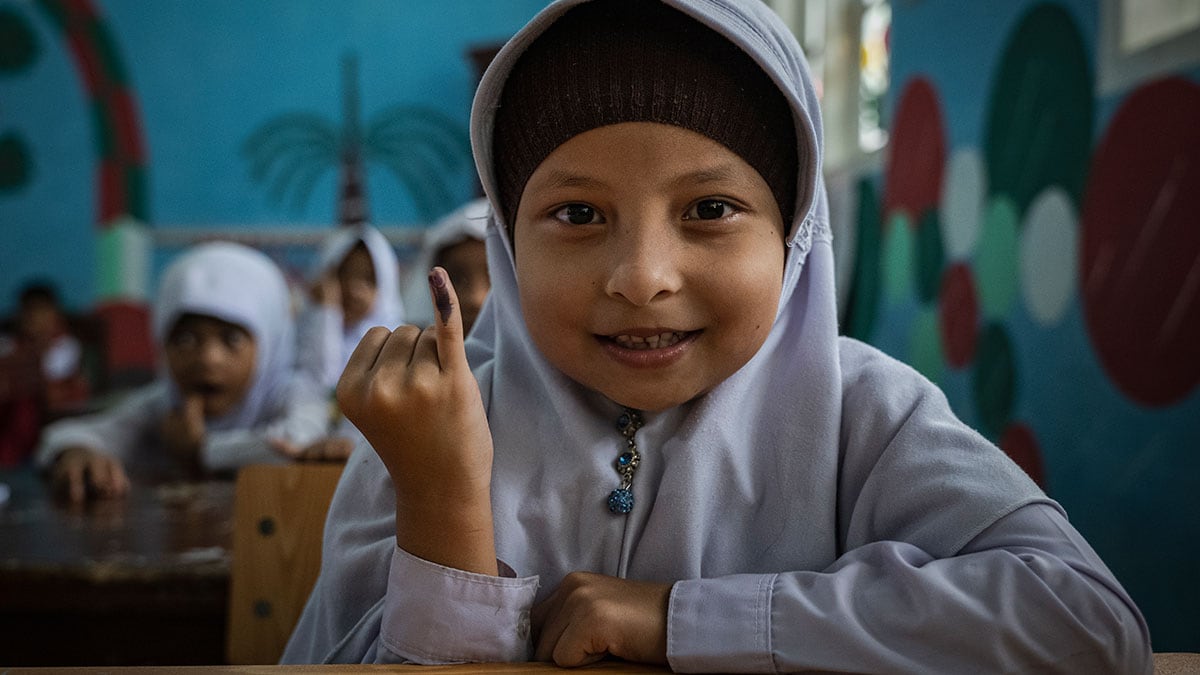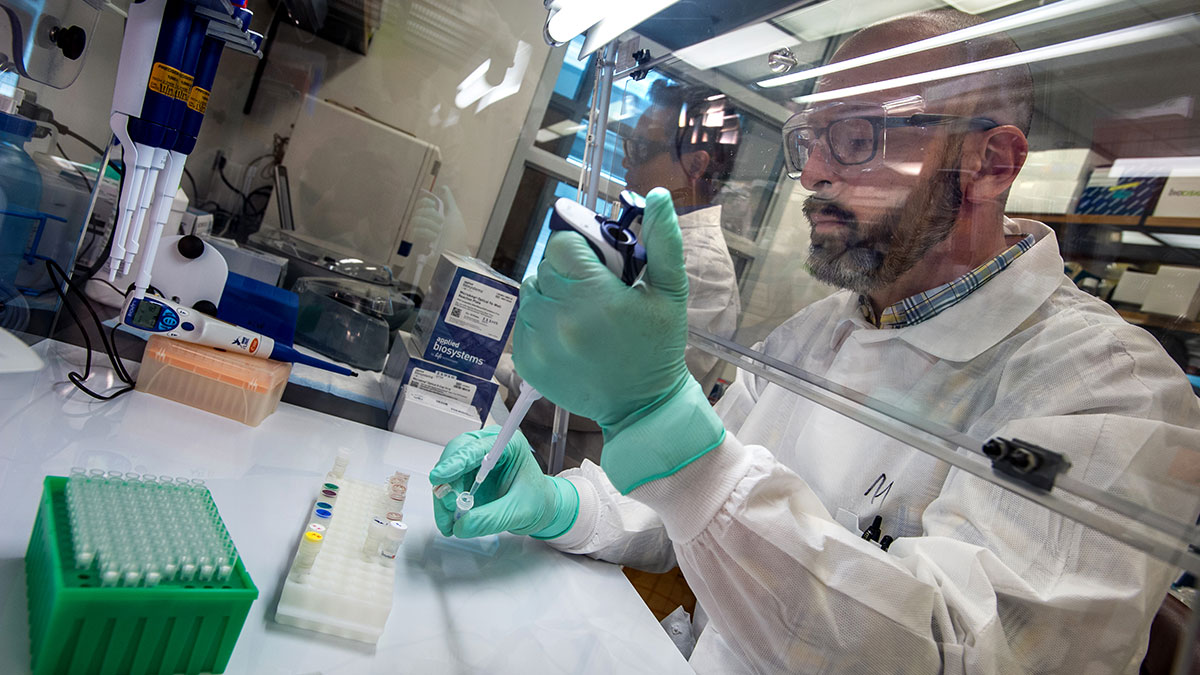Key points
CDC plays a critical role in eradicating polio by providing scientific leadership and guidance at the global, regional, and country levels to implement evidence-based strategies to stop polio worldwide. CDC engages with partners, countries, and communities to deliver vaccines, detect cases, and respond to outbreaks quickly.

Partnering within the Global Polio Eradication Initiative (GPEI)
CDC has been a core partner of GPEI since it started in 1988.
In addition to CDC, GPEI's core partners include:
Engaging with countries

Governments and health workers are at the frontline of the fight to end polio.
CDC's technical assistance helps countries:
- Plan and conduct vaccination campaigns
- Collect, analyze, and use data
- Respond to outbreaks
- Look for polio cases (known as surveillance)
- Overcome barriers to polio eradication
- Innovate with new approaches
Partnering with communities
A strong workforce is key to controlling the spread of polio.
CDC supports communities by:
- Ensuring that vaccines reach all who need them
- Raising awareness of polio vaccination campaigns
- Training teams to conduct polio vaccination campaigns
- Strengthening surveillance to detect and address any gaps in vaccination
Detecting cases and outbreaks

CDC has provided polio lab support since GPEI began.
CDC researchers and epidemiologists help collect, analyze, and interpret data from vaccination and disease detection activities. This helps identify the source of the virus and how it’s spreading. From there, the experts guide program planning and policy development.
CDC’s laboratory experts:
- Provide critical diagnostic services
- Study the genetic makeup of polioviruses
- Develop new techniques and products that help to advance the global effort to eradicate polio
